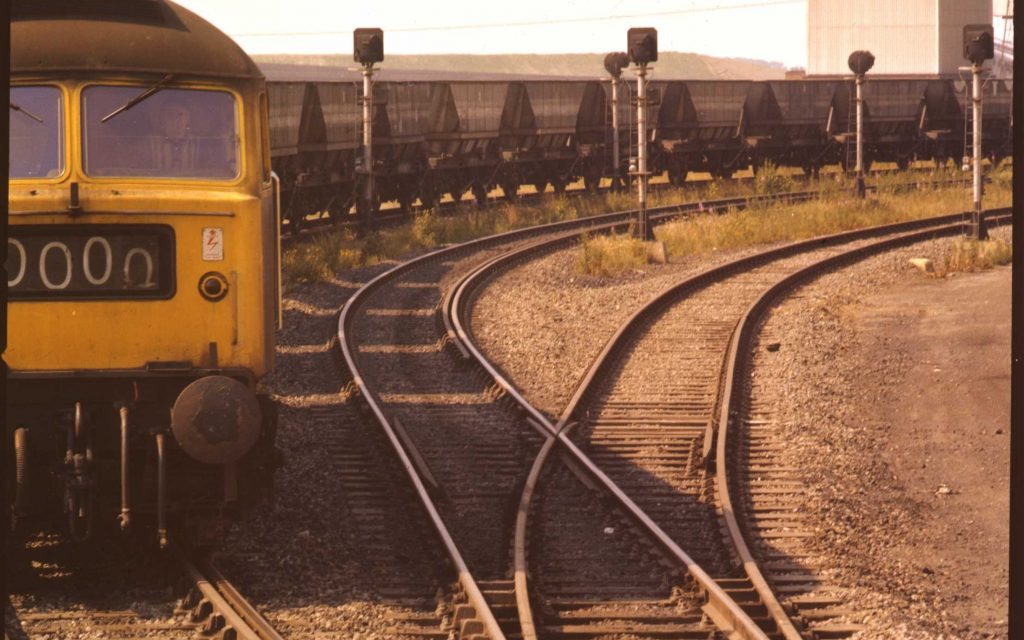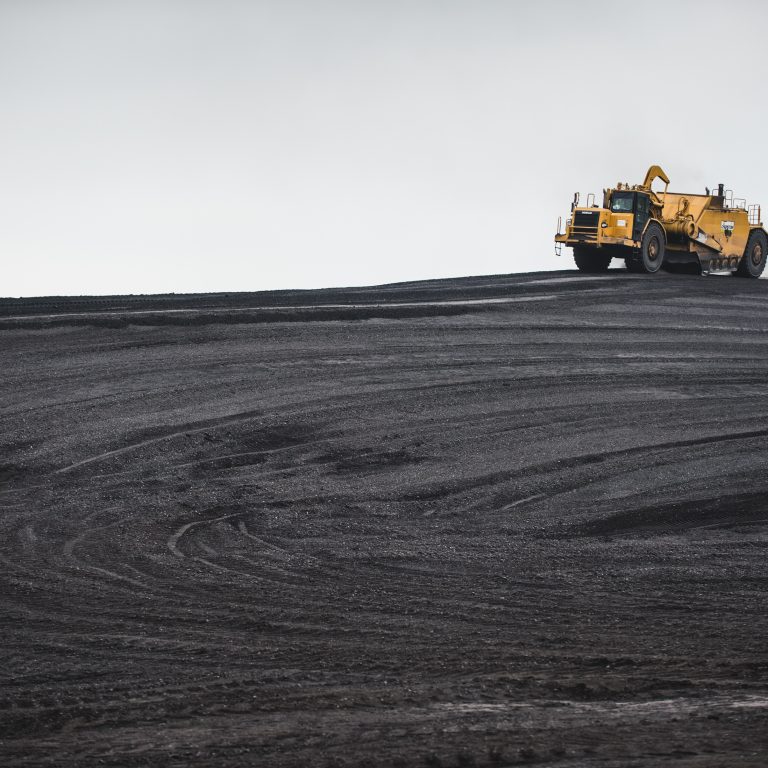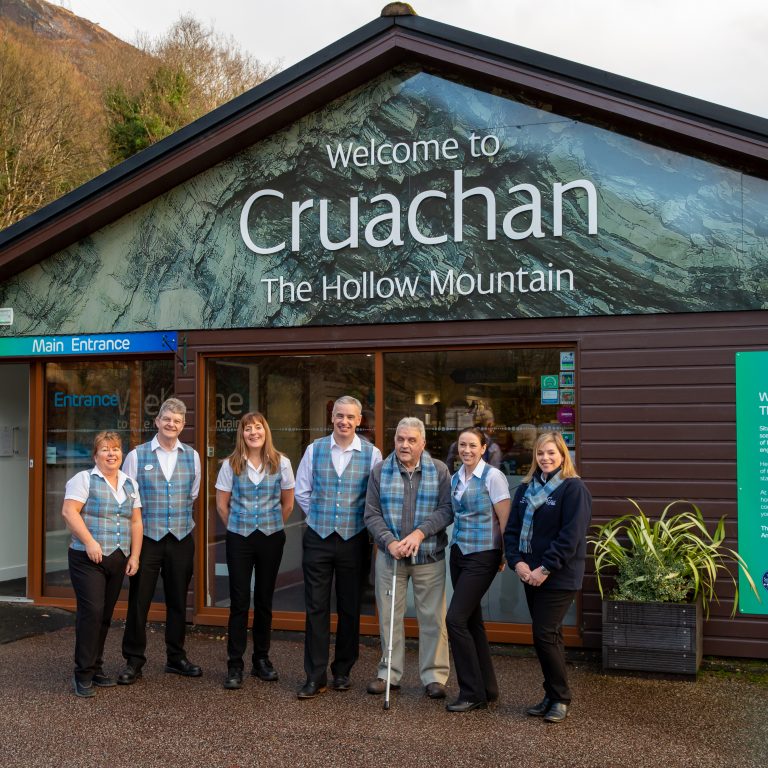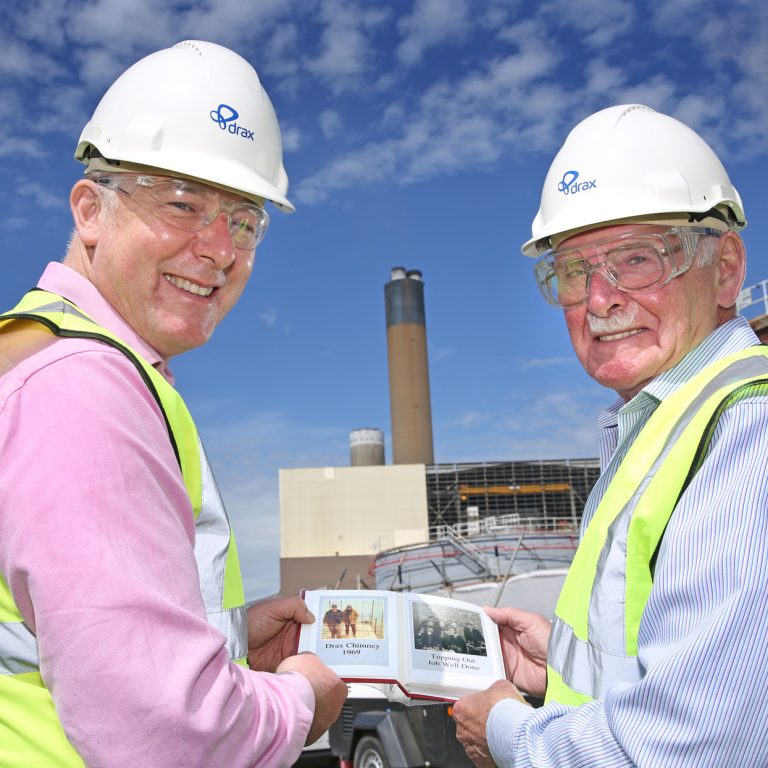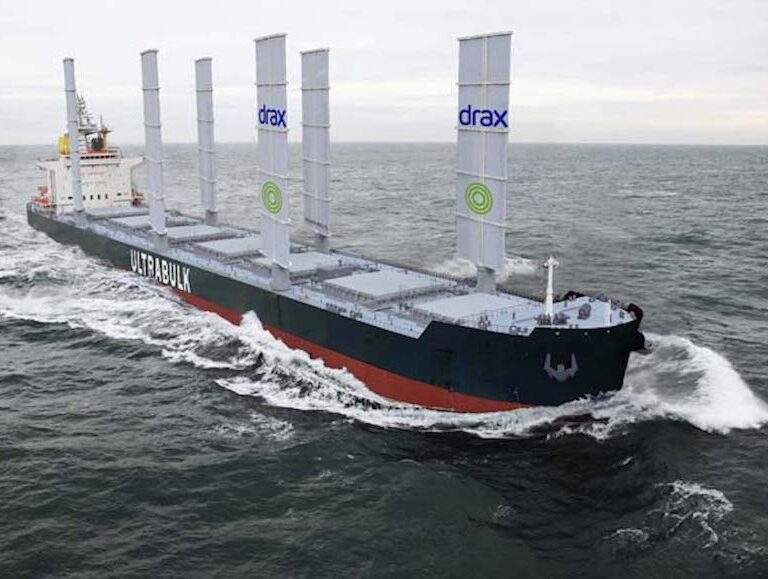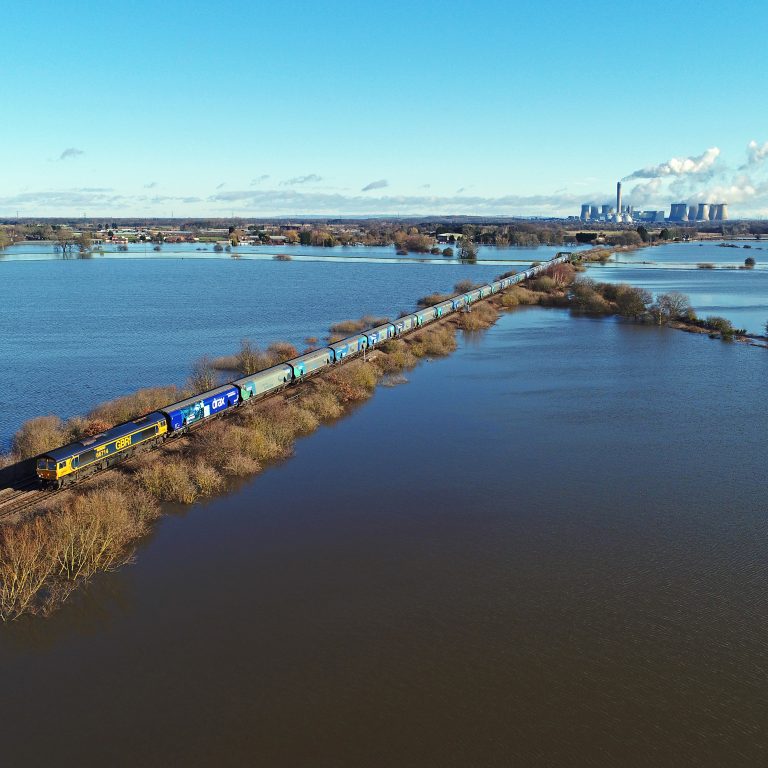Railways in Great Britain today are often seen as unreliable or chaotic, yet they remain a vital part of the lives of the population and the economy of the country.
When rail transport first arrived in earnest in the 19th century, it suddenly allowed goods from around the world, as well as people, to quickly cross the country. It reshaped perceptions of the country’s geography, unlocked the population and accelerated industries.
Over time, however, the role of the railways has diminished, owing largely to the massive rise in car ownership and the shifting of freight onto the road. But that is not to say it has completely lost its importance.
With 6,000 trains passing through Drax Power Station every year, rail is still integral to Drax and the region around it. In fact, since the very first introduction of the railways to the region it has played a major part in shaping the landscape.
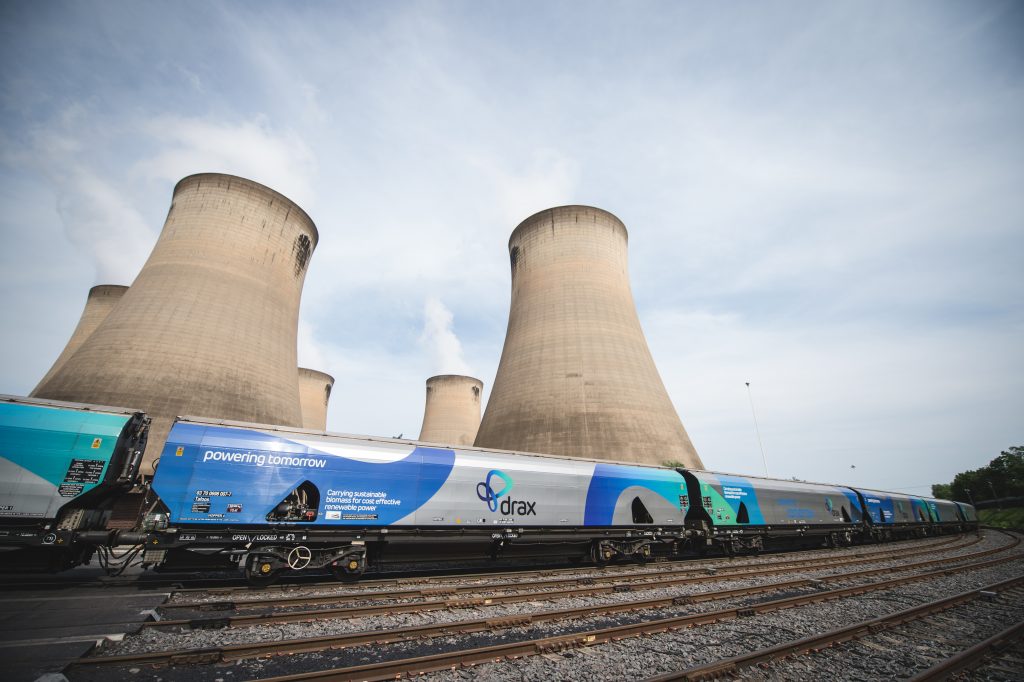
A village with two stations
Before the construction of the power station or nationalisation of the railways, Drax village was well-connected, with two different railway lines running through it: the North Eastern Railway (NER) Selby to Goole line, and the Hull and Barnsley Railway’s Doncaster to Hull line.
Each of these lines ran through a different station with NER calling at Drax Hales Station while Hull and Barnsley called at Drax Abbey Station. But, following nationalisation and British Rail’s modernisation plans, Drax Abbey Station, which had closed to passengers in 1931, closed to goods traffic in 1959. Drax Hales Station followed suit in 1964 when it was closed as part of what became known as the Beeching Axe.
“British Rail chairman Richard Beeching famously carried out a review of Britain’s railways in the 60s and as a result closed vast quantities of – what he considered – uneconomical lines,” explains Andrew Christian, FGD & By-products Section Head at Drax Power Station and expert on the area’s history. “At that time oil was cheap, people were increasingly using cars and motorways were being constructed. Nobody really foresaw the rail demand that would be needed in the future to serve the power station.”
Daleks on a merry-go-round
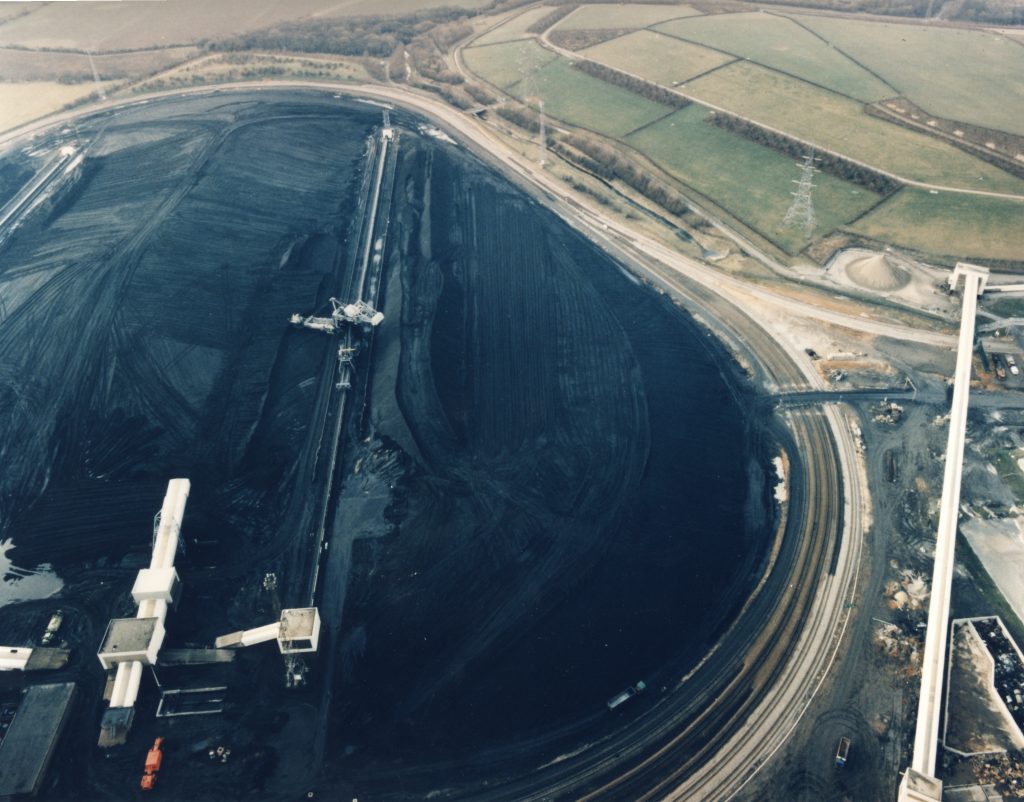
In the 1960s and 70s, with the planning and construction of Drax Power Station underway, there was a new need for railways in bringing coal from the new Selby coalfield. This resulted in the reopening of a closed part of the Hull and Barnsley line for four miles from a reinstated junction at Hensall. Known as Hensall Junction it was renamed Drax Power Station Branch Junction and later shorted to Drax Branch Junction.
A rail system known as a ‘MGR loop’ was installed on the power station grounds, which allows trains to loop around the station and deposit coal – today also wood pellets – without stopping.
The ‘merry-go-round’ trains as they are known, were originally made up of 40, four-wheeled merry-go-round (MGR) hopper wagons. These were much smaller than the wagons that carry biomass from ports to power stations today, and more than 11,000 MGRs where built to serve coal power stations around Great Britain.
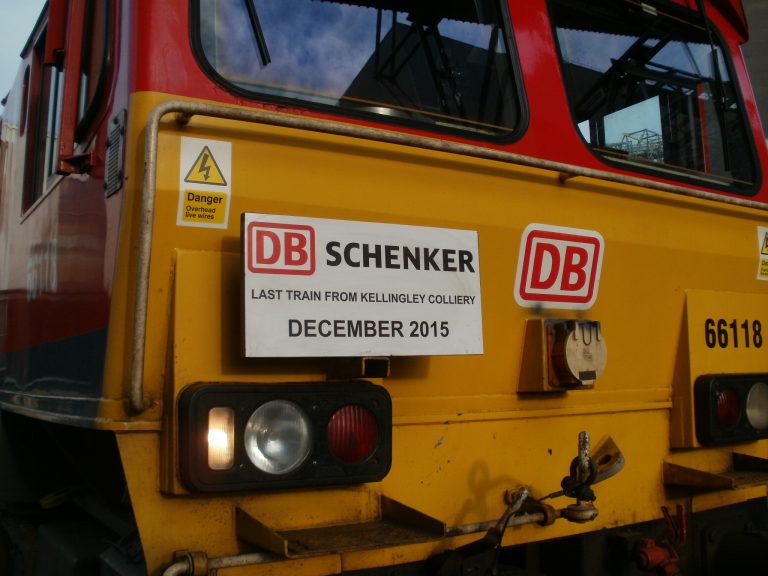
Photo by Andrew Brade, Railway Engineer at Drax Power Station
The open-topped wagons were each capable of carrying 33 tonnes of pulverised coal, which was automatically released thanks to a piece of machinery alongside the track colloquially known as ‘Daleks’ thanks to their resemblance to the Dr Who villain.
But as the power station began to change and evolved to fit the modern world, so too did the railway serving it.
Rail at Drax beyond coal
The original Drax rail loop was a single track, with three coal unloading points. By 1993 there was 14.5 km of track with 27 sets of points and crossings allowing trains to switch rails, thanks to the double tracked loop and extra tracks laid to serve traffic taking limestone in and gypsum out from the power station. This was further expanded with the introduction of biomass and a new double track and unloading facility in 2013.
The biomass trains are specially designed to keep compressed wood pellets dry and they are much longer than their MGR predecessors. At 18.2 meters long, their capacity is 30% greater than a coal wagon. It means the 23-wagon trains bringing biomass to the power stations from Tyne, Hull, Immingham and Liverpool’s ports are a quarter of a mile long.
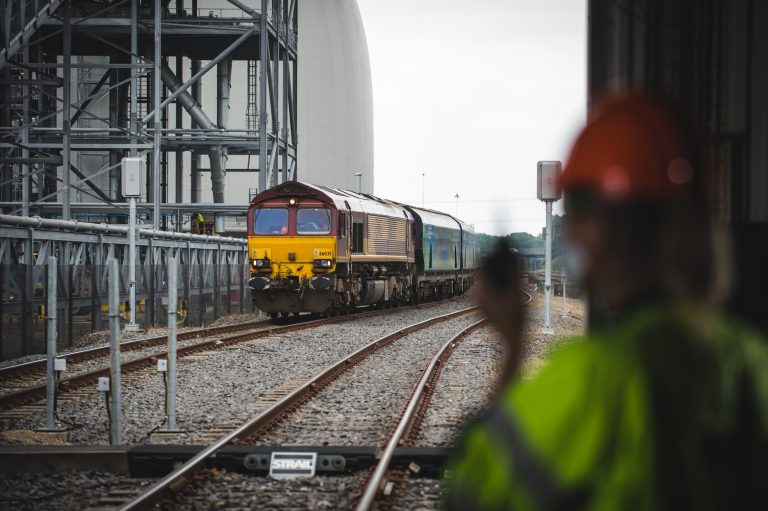
It might be a far cry from the heyday in which the railways crisscrossed the region, but they remain a vital part of the area. And while the area’s original lines are now 50 years dormant, their remnants are still visible in the lasting impact they’ve left on the surrounding landscape.
Many of the embankments and bridges found in and around Drax stem from those first railway lines, while much of the A645 road that was constructed in the early 1990s runs along the track bed of NER’s route to Goole.
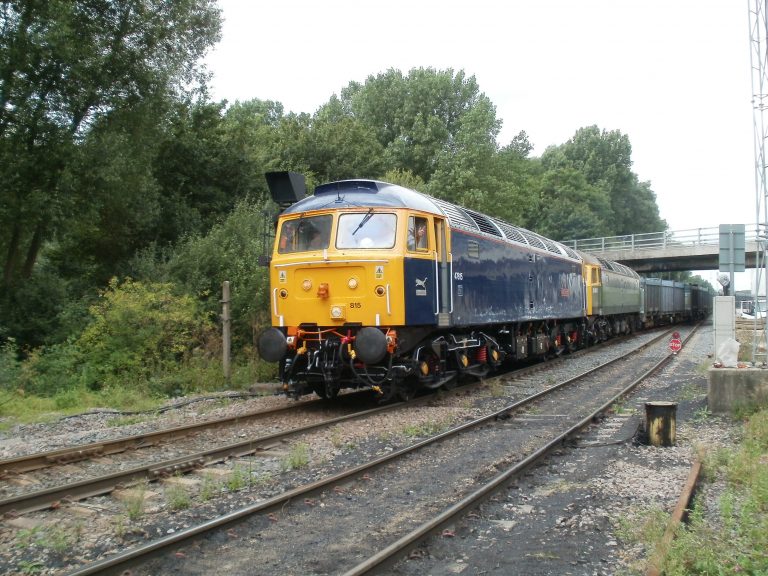
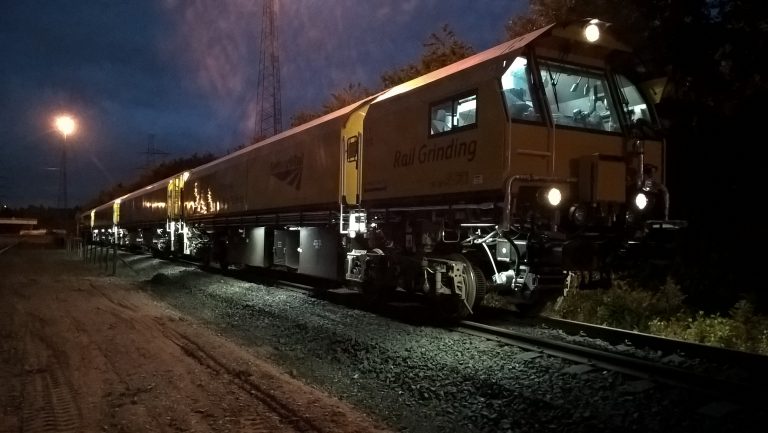
Photos by Andrew Brade, Railway Engineer at Drax Power Station
The trains might not stop in Drax Village anymore, but they remain a vital part of the landscape, and how it’s powered.
Northern Powerhouse Minister Jake Berry was in Yorkshire on 5 July 2018 to unveil the first Drax freight wagons with ‘Northern Powerhouse’ branding to deliver biomass to the power station. Read more.








